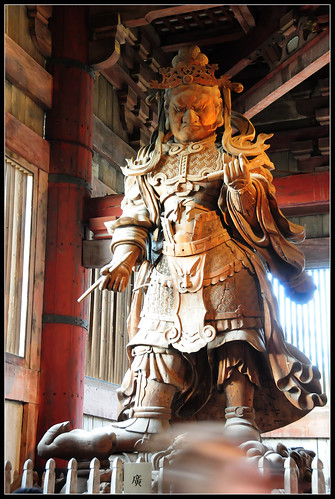
Photo by St. Louis Art Museum
Ardhanarisvara
Ardhanarisvara, the Lord Whose Half is Woman, is a representation of the hindu god Śiva. As the offspring of Brahma, Śiva is half male and half female. This shows that each gender is both complex and complementary to the other. The masculine side is stern with a broad shoulder and rigid physique, while the feminine side flows with a swayed hip, more decoration, and a single breast. With the combined genders, Ardhanarisvara is a singularly fulfilled and complete being.
Source: www.slam.org
This sculpture caught my attention because of its outward expression of the connection between males and females. It tells of the their differences in physique and posture, while professing the potential in unifying the two genders. In this case, it is a divine individual. This touches on the human curiosity of what the afterlife may be like. One could deduce from this sculpture that after life a person exists as both male and female, a perfect unison that conceives an unimaginable sense of completeness.















